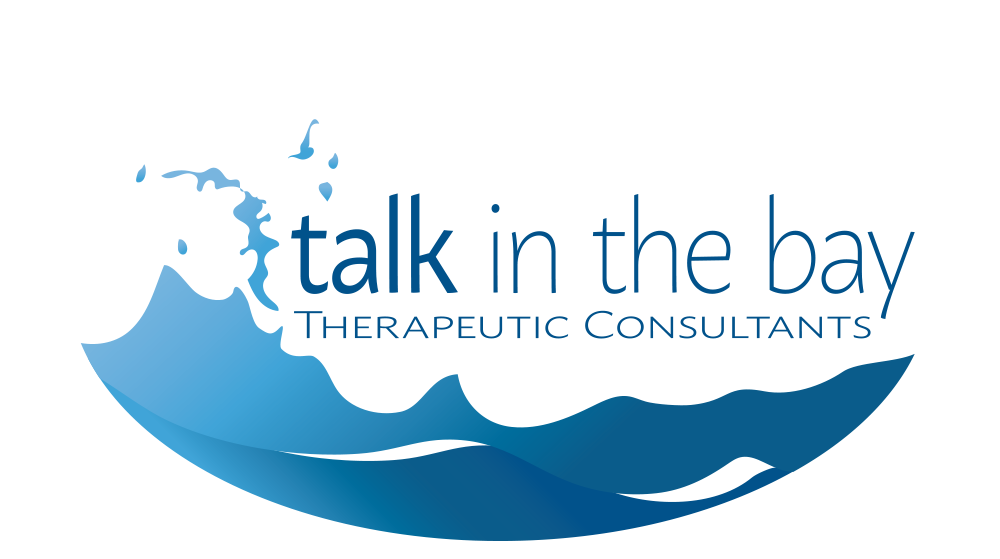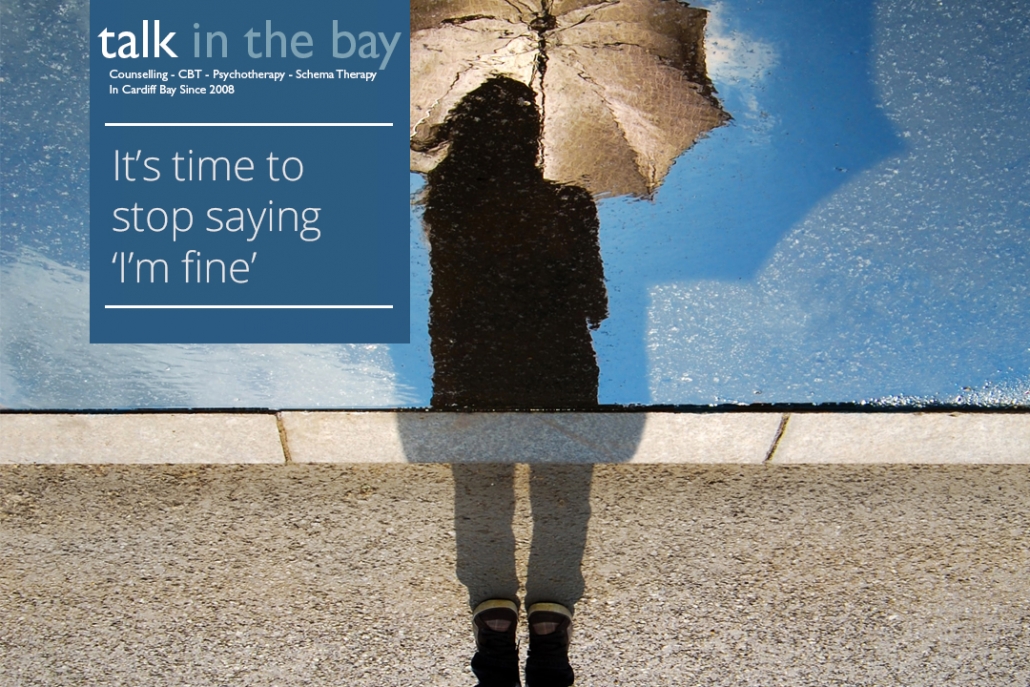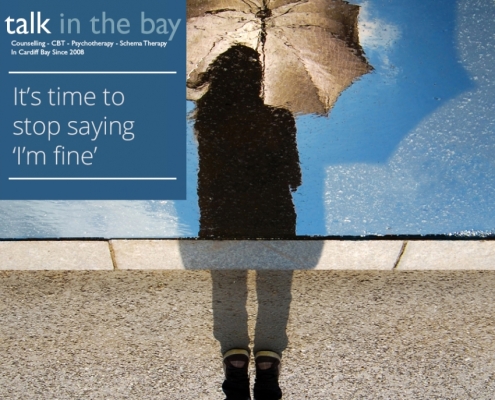How does counselling work for self-harm?
There are many methods that can be used to help break the behavioural pattern of self-harming. These can include distraction, channelling the emotions into another activity and identifying the triggers.
A qualified medical professional will be able to suggest methods of prevention. They will help the individual cope with the stresses that cause them to self-harm. The most common self-harm treatment is counselling. Here the individual can talk through their concerns, emotions and explore the reasons why they self-harm. Counselling allows the individual to experience a calm, completely confidential and non-judgemental atmosphere.
There are different distraction methods that can be used, depending on what emotion triggers the self-harming. For example, if an individual is sad or unhappy, doing a soothing activity such as reading a book or taking a bath can help release the tension. For those who self-harm to feel pain, there are methods of distraction that can be practised that do not cause physical or lasting damage. Squeezing ice or biting hot chillies for example can be a harmless release technique.
Many people find channelling their emotions into something creative can help. This can often include writing, painting, listening to music or exercising.
When visiting a professional, an individual should expect a series of questions. The questions and answers will be assessed, collecting information about the self-harming behaviour. After the assessment, the counsellor will devise a suitable treatment plan. During these consultations, an individual may be asked topics surrounding:
- physical and emotional health
- personal relationships
- how often they self-harm
- the forms of self-harm they turn to
- feelings that occur before and during self-harming
- what the triggers may be.
The counsellor or psychotherapist will take each factor into consideration. They will work with the individual to create a tailored treatment programme that they believe will be most effective.
Talking therapy, such as cognitive behavioural therapy (CBT) is a common treatment for people who self-harm. This involves discussing the feelings and emotional state of the individual, observing how their behaviour and well-being is affected. According to the NHS, evidence suggests this can be an effective, long-term form of treatment for those who self-harm.
Self-harm statistics
According to Young Minds, the concern around the number of young people who self-harm continues to grow. Recent figures have shown that one in 12 young people are self-harming. Last year saw 38,000 young people admitted to hospital as a result of self-harm.
- Out of a list including binge drinking, bullying and drug use, self-harm came out as the top concern for young people.
- A report found that self-harm is the issue that young people, parents and professionals find most difficult to discuss.
- Many parents associate their child self-harming with failure.
- Over a third of parents would not think to seek professional support.
Long-term effects
For some people, the act of self-harming can become addictive. Causing harm to the body produces endorphins, similar to that of an adrenaline rush. This release of endorphins can decrease over time. The individual may feel the need to harm again to feel the same rush, only this time it may be more damaging.
Despite this, not all of those of self-harm find it addictive physically. Over time, they may begin to rely on it emotionally. Instead of self-harming to combat intense feelings of emotion, a habit may develop where the individual tries to reduce the risk of feeling bad as part of their daily routine.
A survey found that cutting was the most common method of self-harm, with 81 per cent of respondents admitting to cutting. It is important to remember that cutting often leaves permanent scarring. As well as scars, cutting can lead to more serious consequences. Cutting the skin of the wrist is close to several nerves and muscles. People who cut may also injure nerves, tendons and muscles. While some of these can heal, others cannot and may result in permanent numbness or weakness in the hand.
If a person is concerned about self-harming and the long-term effects it may have, consulting a qualified professional is the first step toward recovery.
The link between eating disorders and self-harm
In the broadest sense, an eating disorder can be perceived as a form of self-harm as it is harmful to your health and body. While the behaviours of both affect many young people and share similar traits (anxiety, low self-esteem, experience of trauma), every person is different and the two do not always coincide.
It is thought that of those who suffer an eating disorder, 25 per cent will also self-harm. This is particularly high among those who are living with bulimia nervosa. Some people may find self-harm and eating disorders co-exist. Others find self-harm develops as a replacement for an eating disorder, or vice versa. For example, if a person attempts to recover from self-harm before they are psychologically ready, it is easy for another symptom to develop.
For others, it is possible for an eating disorder to develop as a form of punishment for expressing self-hate towards the body. If an individual is suffering with low self-esteem and poor self-image, feelings of self-loathing can lead to a lack of respect for the body. These feelings in turn can lead to wanting a sense of relief or control, such as self-harming.
 https://talkinthebay.co.uk/wp-content/uploads/2022/10/World-Mental-Health-Day-2022-e1716448698921.jpg
563
1080
Carin Stenbeck
https://talkinthebay.co.uk/wp-content/uploads/2022/02/TalkintheBay_Logo_300dpi_Large.png
Carin Stenbeck2022-10-03 13:53:512022-10-04 13:39:59World Mental Health Day 22
https://talkinthebay.co.uk/wp-content/uploads/2022/10/World-Mental-Health-Day-2022-e1716448698921.jpg
563
1080
Carin Stenbeck
https://talkinthebay.co.uk/wp-content/uploads/2022/02/TalkintheBay_Logo_300dpi_Large.png
Carin Stenbeck2022-10-03 13:53:512022-10-04 13:39:59World Mental Health Day 22




